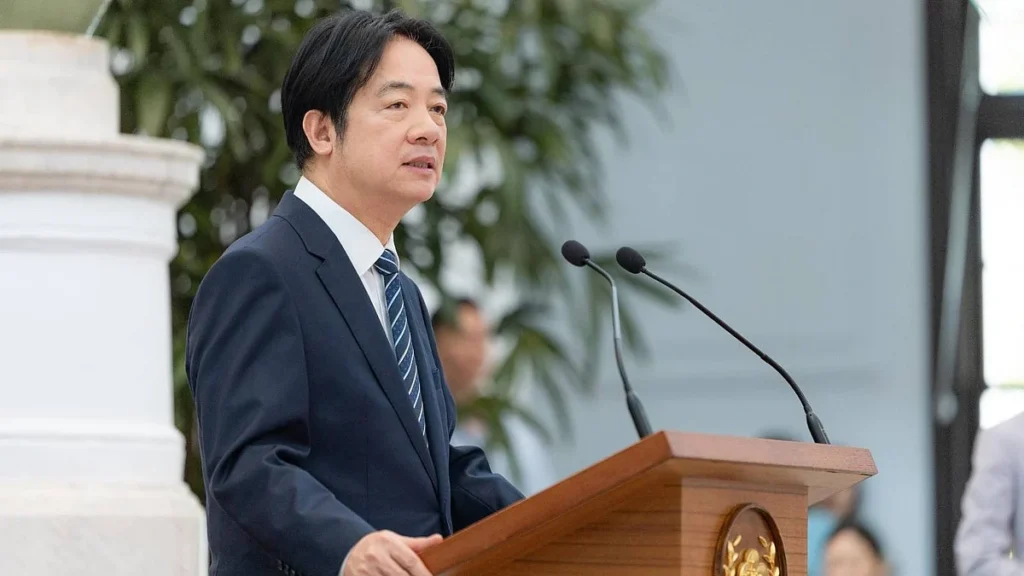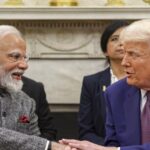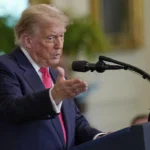
A Diplomatic Response to Trade Tensions
Taiwanese President Lai Ching-te has characterized the recent trade tensions with the United States as “frictions between friends,” expressing optimism about ongoing negotiations. This statement follows the imposition of a 32% tariff on Taiwanese imports by U.S. President Donald Trump, which was later reduced to 10% for a 90-day period to facilitate talks. Despite the economic challenges posed by these tariffs, President Lai remains hopeful about reaching a mutually beneficial agreement.
Economic Implications and Strategic Responses
The 32% tariff, part of a broader trade policy aimed at addressing perceived imbalances, has significant implications for Taiwan’s economy. In response, Taiwan has pledged to increase investments in the U.S. and enhance purchases of American goods, aiming to balance the trade relationship. Additionally, Taiwan is committed to resolving long-standing non-tariff trade barriers to smoothen future negotiations.
Semiconductor Industry: A Critical Sector
Taiwan’s semiconductor industry, particularly Taiwan Semiconductor Manufacturing Company (TSMC), plays a pivotal role in the global technology supply chain. Despite the tariffs, TSMC continues to be a key player in the U.S. market. The complementary nature of the semiconductor industries in both nations underscores the mutual benefits of their collaboration.
Domestic Economic Measures
Internally, President Lai has acknowledged the potential challenges posed by the trade tensions, especially for small and medium-sized enterprises (SMEs). The Taiwanese government is implementing measures to support these industries, accelerate industrial transformation, and leverage Taiwan’s strengths in semiconductors and smart manufacturing. These initiatives aim to bolster Taiwan’s position in emerging sectors like artificial intelligence.
Looking Ahead: Prospects for Resolution
The ongoing trade negotiations between Taiwan and the United States are seen as a critical step toward resolving the current tensions. Both sides have expressed a willingness to engage in constructive dialogue, with the goal of achieving a fair and balanced trade agreement. The outcome of these discussions will have significant implications not only for Taiwan and the U.S. but also for the broader global trade landscape.
Conclusion
President Lai’s approach to the U.S. tariffs reflects a balanced strategy of diplomatic engagement and economic resilience. By viewing the trade tensions as “friendly friction,” Taiwan aims to navigate the challenges while strengthening its economic and strategic ties with the United States. The ongoing negotiations will be closely watched as they unfold, with the hope that they lead to a positive resolution for both nations.




































Leave a Reply